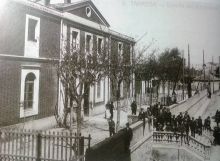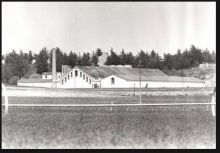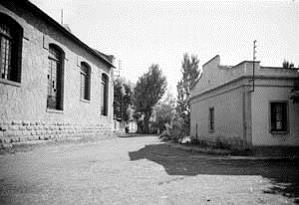AUGMENTED REALITY

Tarrega
TÀRREGA Name of the station: Tàrrega Station. Date of inauguration: 30th May, 1860. Author: Adrià Lomas Origin and evolution Tàrrega station (km 226.8 on the Zaragoza-Lleida-Manresa-Barcelona line) is located in the very centre of the town. Train services first...

Raimat
RAÏMAT Name of the station: Raïmat. Date of inauguration: 1863 Author: Isabel Rivera Origin and evolution Raïmat was an agricultural settlement prior to the Guerra dels Segadors (“Reapers’ War” of 1642). After this conflict, the village remained abandoned for over 270...

Pardinyes
PARDINYES Name of the station: Pardinyes Date of inauguration: 30th May, 1860. Author: David Martínez Origin and evolution The neighbourhood of Pardinyes, in the city of Lleida, developed thanks to the creation of the city’s railway station, marshalling yard and...

Mollerussa
MOLLERUSSA Name of the station: Mollerussa. Date of inauguration: 30th May, 1860. Author: Jaume Macià Origin and evolution This station on the Barcelona-Zaragoza line came into service in 1860 following the construction of the stretch of track between Manresa and...

Lleida
LLEIDA Name of the station: Lleida (listed building). Date of inauguration: 30th May, 1860. Author: Mireia Seguí Bru de Sala (student). Origin and evolution The plan to build the railway station of Lleida (the official name of the city at that time) formed part of...
What is Augmented Reality?
Augmented Reality is a technology that allows to show digital information on top of the real world image shown through any smartphone’s camera.
How to use Augmented Reality (AR) in the classroom
1- Choose a topic to work on
Something close to your students that can be gelocalized (e.g. railway stations)
2- Organize a visit
Take your students to different locations and make them produce digital contents (e.g. pictures, videos, sound files)
3- Research
Make your students research on particular spots so they can complement the information they have generated
4- Create AR content
Make your students use an AR Content Mangement System (e.g. Hoppala) to associate the information to its geolocalization
5- Publish your AR content
Publish the AR content through an AR browser (e.g. Layar)
